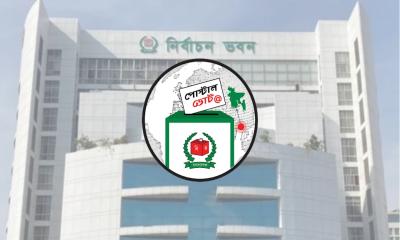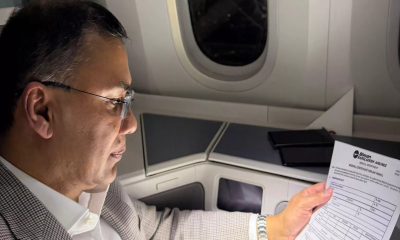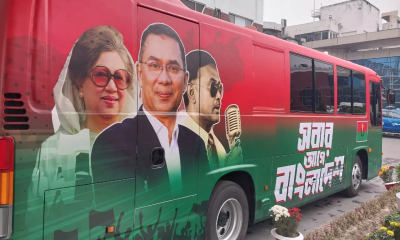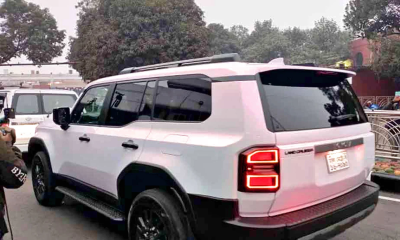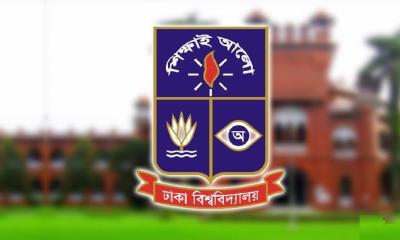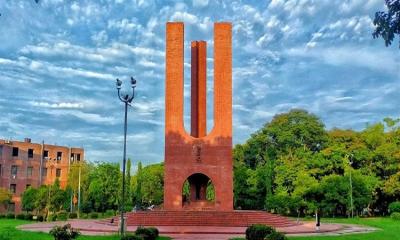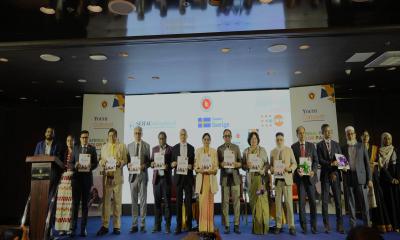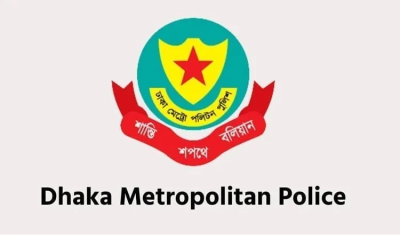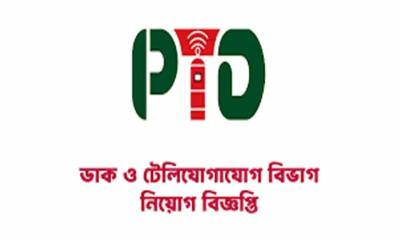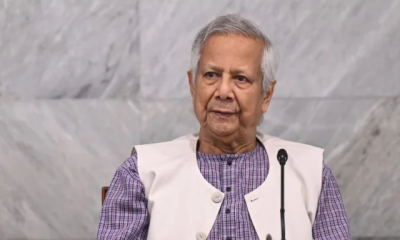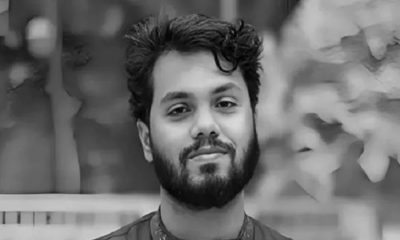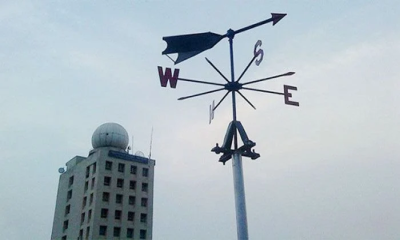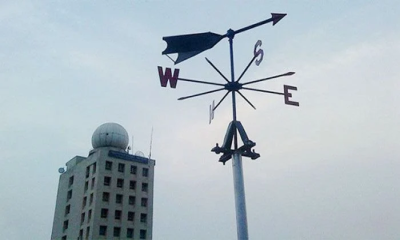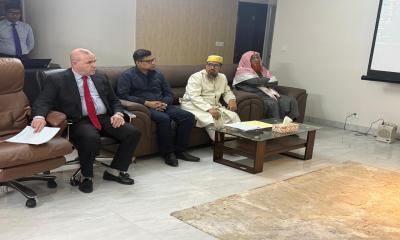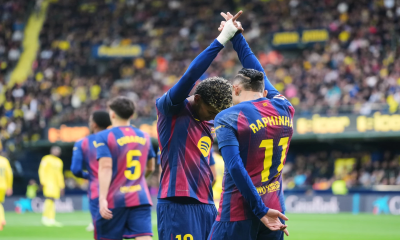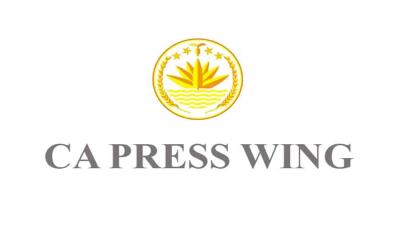Washington is working overtime these days, striving to ensure it is decked up to receive Indian Prime Minister Narendra Modi with pomp and optics not seen in a long time. It is not hard to guess why the U.S. is giving unprecedented attention to Modi`s maiden official state visit from June 21 to 24 – the first for an Indian leader since former Prime Minister Manmohan Singh`s 2009 trip.
To put it bluntly, it is "China" and the "Indo-Pacific" that are firmly on U.S. President Joe Biden`s agenda as he hosts the Indian Prime Minister with open arms. By serenading Modi, Washington is making its ambitions clear: it needs New Delhi as a major strategic partner in its endeavor to ruffle the feathers of China – its "greatest geopolitical challenger" in modern times.
While we no longer live in a U.S.-led unipolar world, America`s hawkish Asia policy has undergone a change. Its Asia-Pacific focus is a thing of the past, and it now has the Indo-Pacific in its cross-hairs.
Similarly, the way the U.S. looks at India has changed, too. It no longer sees India as just an economic counterweight to China. Instead, it now dreams of persuading India to become a geographically hefty ally in China`s backyard – an all-weather U.S. partner more sizable than Japan, South Korea, and the Philippines. U.S. Ambassador to India, Eric Garcetti, recently confirmed it, saying bluntly, "We cannot have the Indo-Pacific without India."
The new American "dream"
It is still only a dream for Washington. New Delhi most certainly won`t overtly dove-tail with America`s pushy anti-China policy in the Indo-Pacific, irrespective of the lavish hospitality Modi will get in the U.S.
Let us delve into Modi`s Washington trip to understand what`s at stake for the two countries and the Indo-Pacific. With an eye on China, Biden will shower Modi with a bagful of presents – albeit, tactical ones. There will be defense deals, offers to bolster trade, technology transfer proposals, and a de-escalation of Modi`s criticism by the agenda-driven U.S. media.
Take the defense deals likely to be sealed during a Modi-Biden meeting at the White House on June 22. One involves GE Aviation pitching to build jet engines for India`s Tejas MK2 light combat aircrafts. The other involves India`s purchase of 31 MQ-9B SeaGuardian armed drones built by General Atomics. Crucially, technology transfer for the indigenization of defense equipment production will be a unique takeaway for India.
On the technology front, the Americans will offer options to build on the iCET, the India-U.S. Initiative on Critical and Emerging Technology, framed at last year`s Quad summit in Tokyo. Cooperation will be offered on AI, quantum computing, cybersecurity, telecom, and domestic chipmaking.
On trade, top U.S. CEOs will meet with Modi at Washington`s Kennedy Center on June 23. Its scheduling underlines Corporate America`s intentions to use Modi`s visit to ratchet up bilateral trade. It comes in the backdrop of reports that the U.S., and no longer China, is now India`s biggest trading partner.

Japanese Prime Minister Fumio Kishida (L), U.S. President Joe Biden and Indian Prime Minister Narendra Modi pose for photos as they arrive at the Indo-Pacific Economic Framework for Prosperity launch event at the Izumi Garden Gallery in Tokyo, May 23, 2022. /CFP
A multipolar world
India is likely to emerge from the visit in a win-win situation – unlike the U.S. For Washington, it is a high-stakes gamble. With full-spectrum offerings covering defense, technology, and trade, the White House will seek to persuade India to become an unconditional anti-China ally. But that is unlikely to happen. For all its differences with China along its borders, India appears set to continue playing a balancing act.
In an increasingly multipolar world, India will be aware of four bargaining chips it has, namely Russia, de-dollarization, BRICS, and Big Tech, as it will review the American proposition.
Biden`s raucous welcome for Modi won`t be enough to dissuade India from indirectly backing Russia on Ukraine. Similarly, New Delhi`s decision to join the de-dollarization drive will hardly be impacted by this trip. In the same way, India will continue as a key member of BRICS, the counterweight to the U.S.-led G7. Besides that, India and China are major trading partners, recording all-time high bilateral trade just last year. That relationship is unlikely to change. And then there is India`s firm push to rein in U.S. Big Tech`s influence in India`s internet ecosystem.
So, Modi and his entourage will return from the U.S. smiling, armed with a backpack full of overtures, offers, and offerings. On the personal front, Modi`s visit – decorated with defense deals and unprecedented attention from the U.S. – could boost his image ahead of next year`s election. By the time the Biden family hosts him for the state dinner at the White House on June 22, he will have become the only Indian Prime Minister to have addressed a joint session of the U.S. Congress twice.
To sum it up, Biden`s America will make a risky attempt at cajoling India into joining its anti-China game plan. But Modi`s India could tactfully turn it down politely, reminding us of the adage: "Tact is the knack of making a point without making an enemy."
Nadim Siraj, a special commentator on current affairs for CGTN, a state-run foreign-language news channel based in Beijing, China. He is an India-based journalist who writes about conflict and current affairs. The article reflects the author`s opinions and not necessarily those of TheReport.Live.





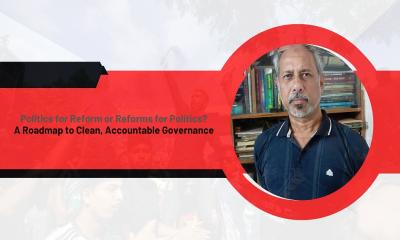



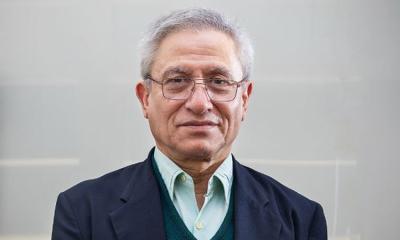

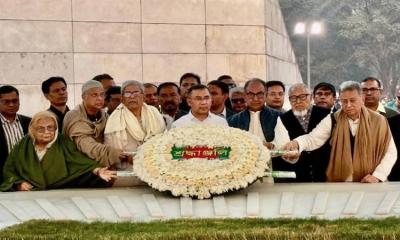

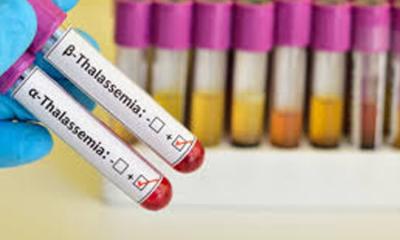
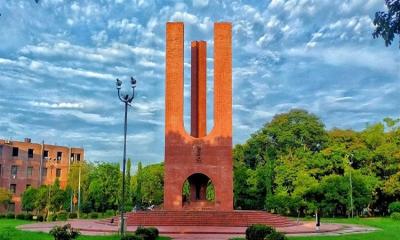

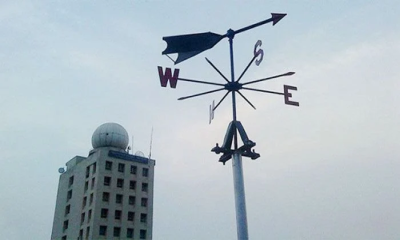
-20251226062607.webp)
-20251226051932.jpeg)
